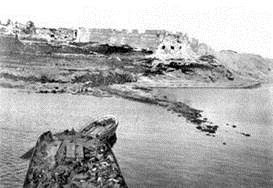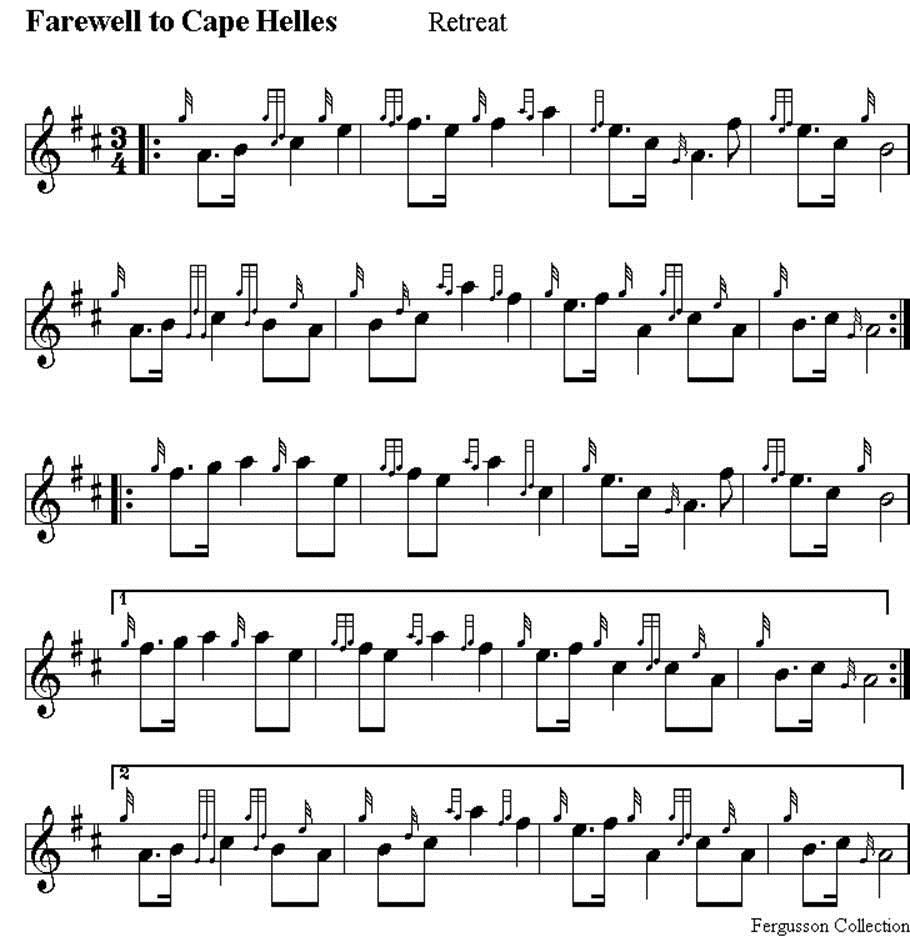 |
|

Best viewed in
|
Cape Helles is the rocky headland at the southwestern most tip of the Gallipoli peninsula, Turkey. The name derives from the Greek Helle; Helles means "Helle's" in Greek. The landing at Cape Helles was part of the amphibious invasion of the Gallipoli peninsula by British and French forces on 25 April 1915 during the First World War. Helles, at the foot of the peninsula, was the main landing area. With the support of the guns of the Royal Navy, the 29th Division was to advance six miles (9.7 km) along the peninsula on the first day and seize the heights of Achi Baba. The British were then to go on to capture the forts that guarded the straits of the Dardanelles. A feigned landing at Bulair by the Royal Naval Division and a real landing at Anzac Cove were made to the north at Gaba Tepe, by the Australian and New Zealand Army Corps before dawn and a diversionary landing was made by French forces at Kum Kale on the Asiatic shore of the Straits. After dark another demonstration was made by the French in Besika Bay. The Helles landing was mismanaged by the British commander, Major General Aylmer Hunter-Weston (left). V and W beaches became bloodbaths, despite the meagre defenses, while the landings at other sites were not exploited. Although the British managed to gain a foothold ashore, their plans were in disarray. For two months the British fought several costly battles to reach the first day objectives but were defeated by the Ottoman army. Six Victoria Crosses were awarded to troops who took part in the landing on W Beach, three in August 1915 and three more two years later in 1917, an event reported in the Allied press as the winning of "six VCs before Breakfast".
|

